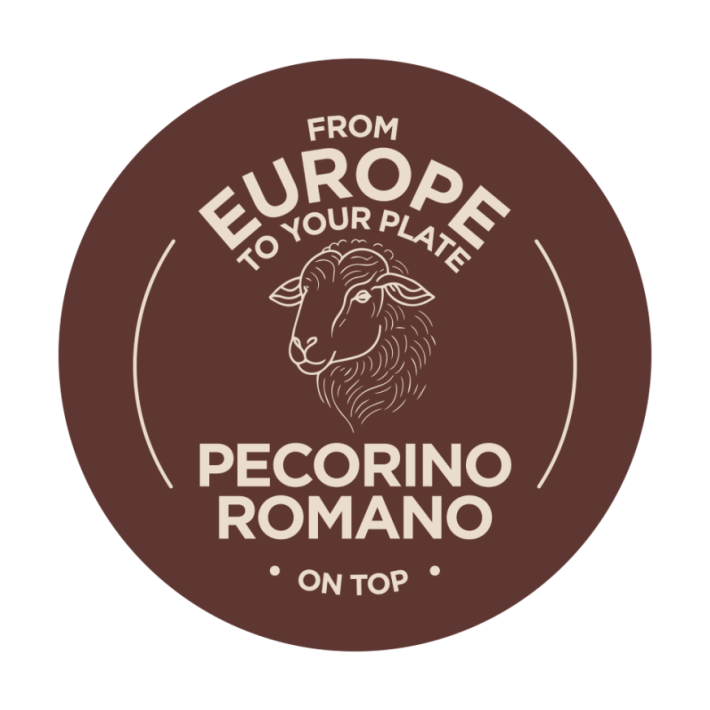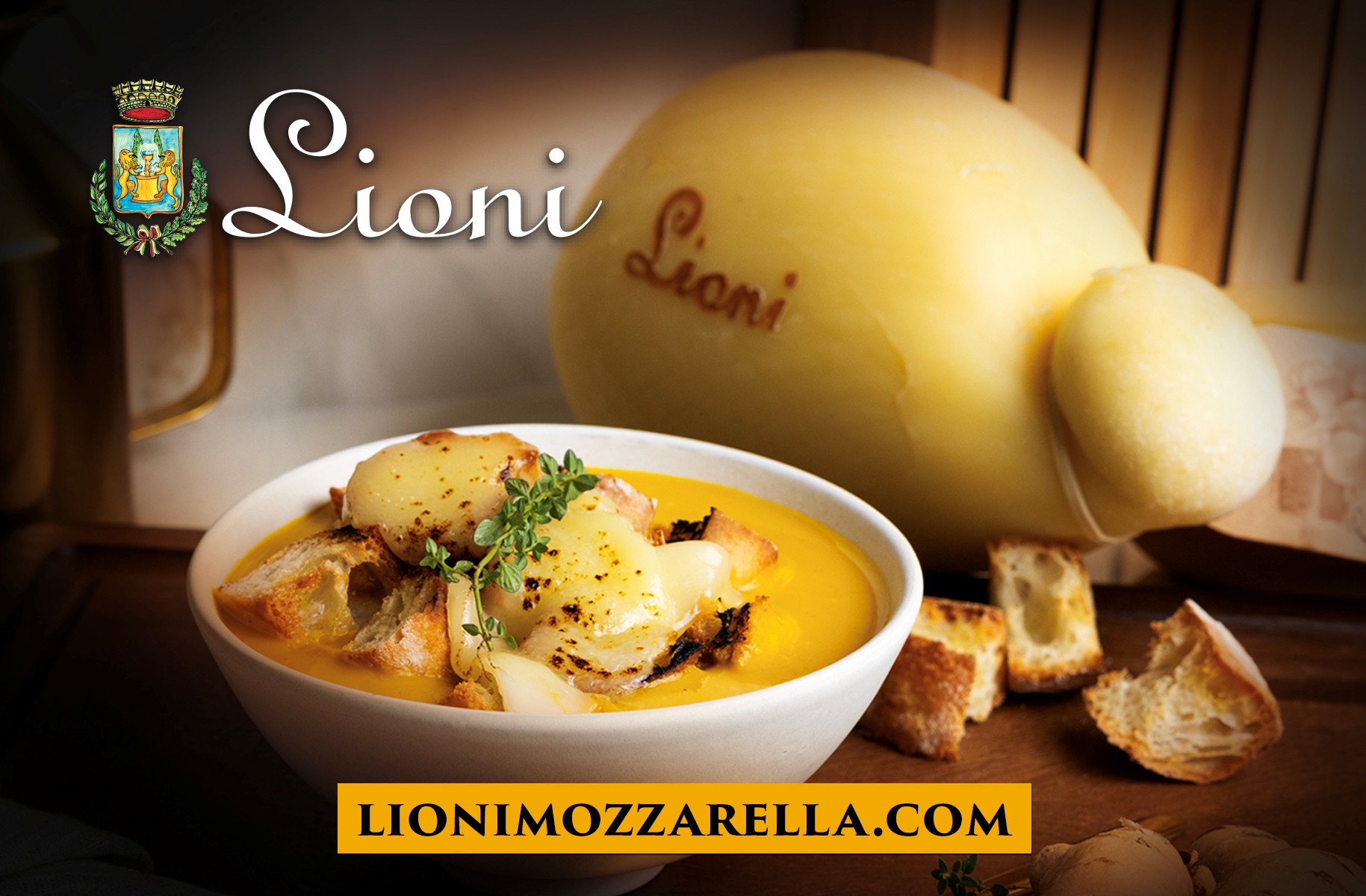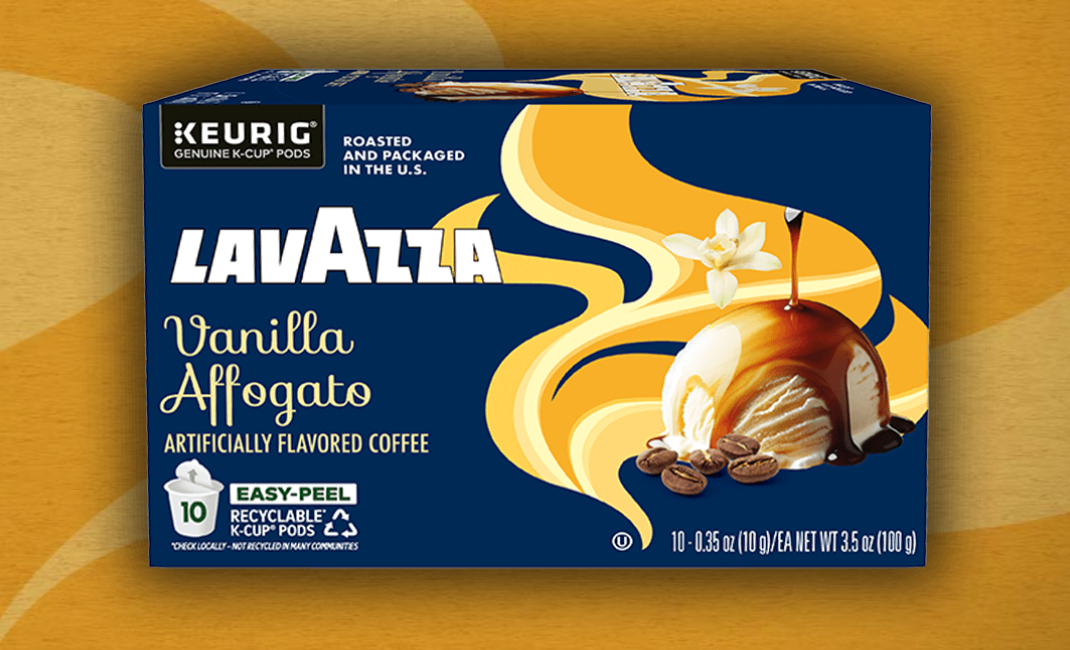One of the missions of Appetito: Italian Food & Drink is to educate American consumers on, well, Italian food and drink. As much as Americans love food, there are many enthusiasts, chefs even, who are still unable to differentiate essential European products from each other and/or their Americanized versions. This is, in some respects, possibly due to the conflation of regional Italian (and European) food and that of Italian-American cuisine. This confusion is especially acute when it comes to cheese in general and particularly with regard to grated cheese, which is ubiquitous in the American kitchen. Among the most misunderstood in America is one of the kings of European cheeses: Pecorino Romano PDO.
Yes, almost everyone knows Pecorino. Most are probably familiar with the surname of Romano. Some might even be aware that Pecorino Romano is a cheese made from sheep’s milk (hence the name: “pecora’ is “sheep” in Italian), and that it’s a hard cheese with a sharp, nutty flavor. That knowledge aside, it’s easy to imagine an American consumer randomly choosing from the array of grated cheeses in the display cooler. The cheeses are packaged similarly, and the contents can be indistinguishable to the eye, each with a pale ivory / straw color. The country of origin in not readily identifiable. This ambiguity among consumers can create a less satisfactory experience in the kitchen since the starting point for the best prepared meals is the quality of ingredients. And all Pecorino Romano cheeses are not of the same quality. Ever turned out a clumpy Cacio e Pepe or had a bitter taste in your red sauce? Most likely, you were using an inferior cheese.
One of the reasons that food products from Europe are generally recognized as superior is that many of the countries have government-controlled designations that are strictly enforced. This is serious business, as these traditional products are protected as not just a matter of major cultural, health, and historic importance but as a matter of law as well. The PDO (Protected Denomination of Origin) is the supreme designation for food products. When the European Community regulatory effort was established in 1996, Pecorino Romano was among the first groups of food products to obtain the PDO. A Pecorino Romano PDO must abide by these guidelines (among others):
- Production exclusively in the Lazio region of Italy, on the island of Sardinia, and in the province of Grosetto in Tuscany.
- The fresh sheep’s milk is procured from flocks raised in the wild and fed on grass.
- Handcrafted production from trained cheesemakers and “salatore” (cheese salter).
- The cheese wheels are aged a minimum of five months to be sold by the wheel and eight months to be sold grated.
The superiority of Pecorino Romano PDO is not just found in the flavor — one that is distinctly aromatic and nutty with a hint of spice — but also in its natural qualities as it is high in protein, easily digestible, and naturally lactose-free. There’s a reason the Roman Legionnaires were provided rations of Pecorino Romano before long marches.
I had the recent pleasure of a private dining experience curated by acclaimed Chef Owen L’Aquila. The five-course meal, in a loft residence high above lower Manhattan, featured Pecorino Romano PDO in every dish in a harmonious fusion of American and Italian cuisines. Chef Owen, working with a small team in an open kitchen, showcased the premium cheese in myriad ways, from starters through dessert, each course thoughtfully complemented by a selection of wines chosen by an expert sommelier. Throughout, the versatility and superior quality of the Pecorino Romano PDO was on full display. See the full menu and a few photos below:
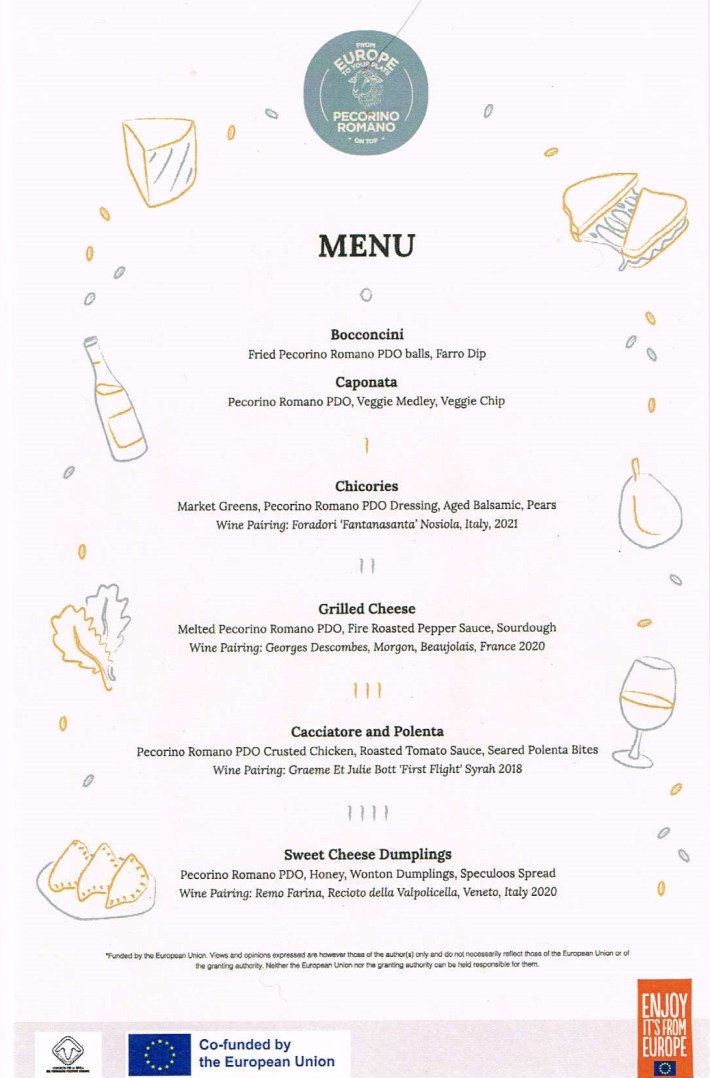

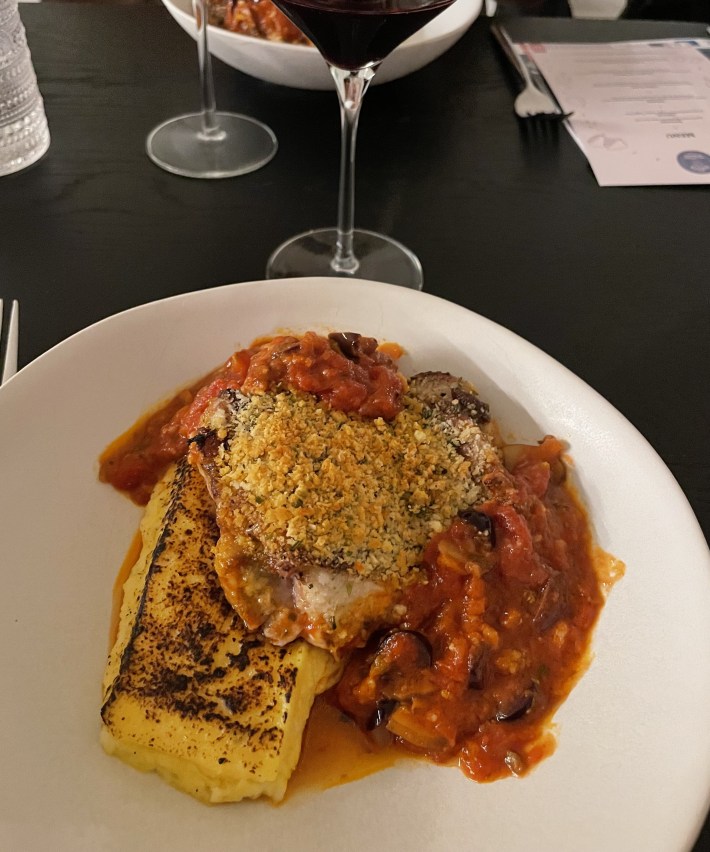
So, the next time you are shopping for Pecorino Romano, be sure to seek out the undisputed king, the one with the mark of legal protection, PDO, for optimal quality and health benefits.
Pecorino Romano PDO is Appetito approved!
Funded by the European Union. Views and opinions expressed are however those of the author(s) only and do not necessarily reflect those of the European Union or of the granting authority. Neither the European Union nor the granting authority can be held responsible for them.
